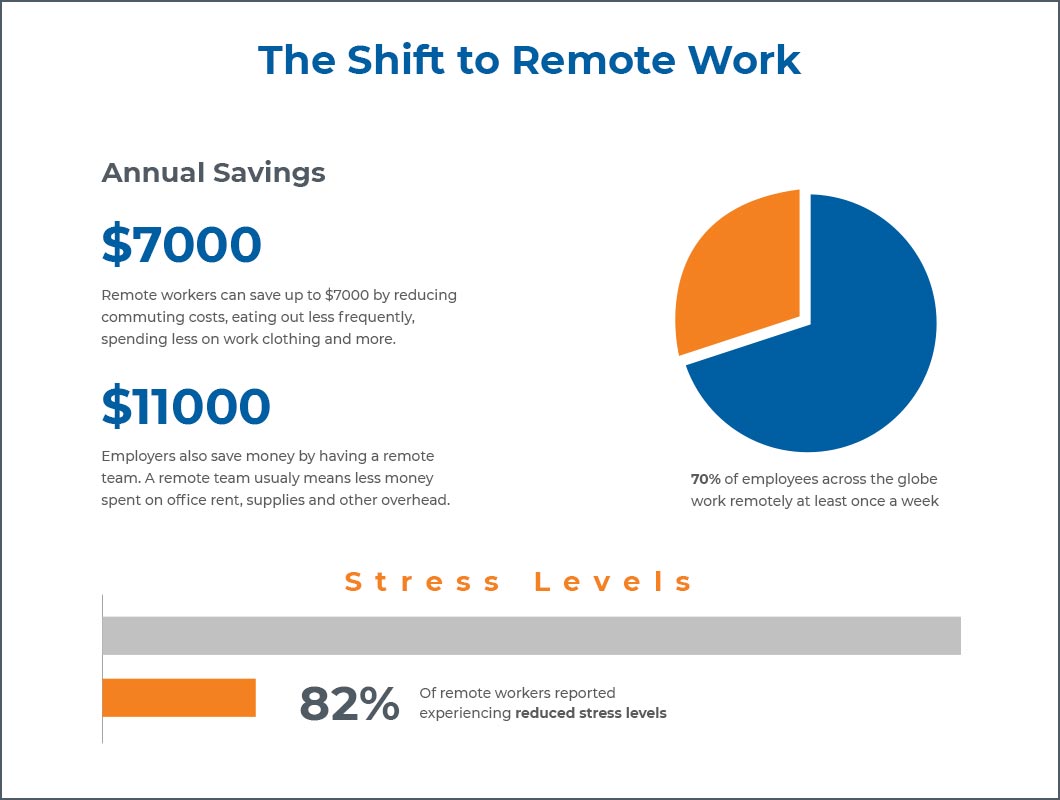3 Key Factors Transmuting Unified Communication in 2020

Trends in mid-2020 and 2021 will be witnessing an upside-down impact on almost everything amidst the effects and post-effects of the COVID-19 pandemic. Every industry is experiencing disruptive changes due to remote working and physical distancing. The face of business communication is also evolving with these changes and the adoption of Unified- Communications-as-a-Service (UCaaS) has been further incentivized.
Unified Communications and Collaboration (UC&C) indicates the amalgamated use of communications and collaboration solutions. UC&C gathers the communication services like instant messaging, email, voice, presence, click to dial and videoconferencing. Due to physical distancing, UCC is now crucial for small enterprises too as it enables faster interactions, exchange of documents & video meetings with anyone in the world.
3 Key factors transforming face of UC trends in 2020:
Long gone are the days when picking up every call on the office telephone was called business communication. Today business communication is about collaboration, customer experience and, remote intelligent communications. Unified Communications in 2019 saw a major shift to cloud as leading vendors made it clear through product launches and partnerships that future product direction and development are now cloud-first. Let’s discuss the key factors that are driving the mutation of Unified Communication in 2020.
Unified Communications Cloud Services:
With all the buzz around cloud communications, it is evident that it is here to stay as it is highly efficient and futuristic. Cloud services takes complexity from the user and puts it into the hands of professional IT providers.
Unified communications Cloud services eliminate the cost of travel as virtual meetings and conferences are possible through Unified Communication cloud services. It also assimilates Customer Relationship Management as calls, emails, and other communications with customers and prospects are tracked and reminders are set for next contact.
According to a research study conducted in 2019 by Nemertes, 64% of organizations employed the cloud in some way or other for unified communications and collaboration, and nearly one-third of organizations use exclusively cloud UC solutions.
Unified communications services partners with other local operators or service providers with local presence in specific countries and is offered as a business-to-business (B2B) and business-to-consumer (B2C) service. These services deliver end-to-end unified communications services through its own network and in-house technology, facilitating service providers to offer the service with zero CapEx and minimal OpEx.
Artificial Intelligence:
Gartner had earlier predicted that by 2020 AI (Artificial Intelligence) would become prevalent in every industry. Voice AI has already become a center of our households, providing assistance by controlling our household appliances, right from televisions to the lights. The same Voice AI has now entered the landscape of business communication helping businesses assist their meeting room technology, communicating with remote workforce and providing access to virtual assistants on the go.
AI applications in business environments are playing a key role in enhancing collaboration and communications. Voice assistants can help schedule meetings, make calls, send SMS messages, and even translate voicemails to text. Collaboration tools driven by Artificial Intelligence can also be used to find relevant documents based on past information and have them organized for meetings, which in turn saves employees time and makes collaboration easier.
Internet of Things (IoT):
According to a study by PGi, 82% of remote workers have reported reduction in stress and 80% boost in their morale resulting in engagement and loyalty towards the company. And, year 2020 is expected to witness more employees saying goodbye to desktop products and increasingly use mobile and smart devices they can carry with them wherever they go for work.

IoT is billions of physical devices across the globe that are now connected to the internet, collecting and sharing data. Thus, through wireless connectivity and sensors, along with humans communicating across networks, virtually any object can become “intelligent” and transmit data in real time. This will enable mobile employees to use IoT-enhanced Unified Communications in entire business operations.
Future of Unified Communication
The new decade will be witnessing an ever-evolving Unified Communication technology. With the help of UCaaS providers, businesses will be experiencing faster problem solving and decision making due to improved collaboration and enhanced communication amongst mobile workforces. Inclusively, as the millennials entering the workforces are well-equipped with the dynamic times and are set to move with the change in technology and exploit its privileges. However, along with the benefits, the technology comes with the risks of frauds. DID and Inbound service of Bridge Voice Pluto comes with a mobile application that protects organizations from exposure to frauds and disputes and further reduces the cost of investment whilst assuring uninterrupted communication.
Harshita Kapoor
Harshita is a Content Writer at Panamax. Inc. MBA in HR & Marketing, she found her calling in Content Writing. In a short span of 2 years, she has explored writing in different styles of content like Coffee table books, website content and for media. In her time of leisure, she finds happiness in binge watching classics & practicing yoga.

 Fostering Authentic Connections: The Power of P2P SMS-Enabled Numbers and DID Services in Customer Engagement
Fostering Authentic Connections: The Power of P2P SMS-Enabled Numbers and DID Services in Customer Engagement